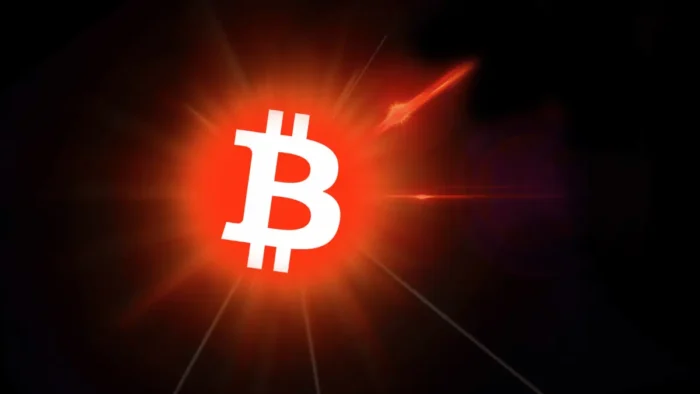When the two are compared, it should be remembered that hard fork was viewed as highly controversial and was debated then. For many people, it appeared to be the primary option for saving the reputation of Ethereum.
But for the rest, it was betraying what the blockchain technology aimed to do that prevents things from getting manipulated depending on the impulse of a human.
Key differences
- Ethereum Classic is known to be Ethereum’s spin-off.
- Due to the hack of DAO, it came out from Ethereum.
- In 2016, on the blockchain of Ethereum, the DAO was launched.
- It was such a project that operated similar to some cryptocurrency space’s venture-capital funds.
- The primary DAO concept is that investors’ funds can be pooled together with DAO tokens that are Ethereum based.
- Folks can submit or pitch their ideas to the community of Ethereum.
- A lot of people believed that DAO used to be a revolutionary concept that raised almost $150 million ETH worth at the time of a crowdfunding effort.
- After that, a hacker stole ETH worth $60 million from DAO.
- Thus the community of Ethereum was divided on how to step forward from such a massive disaster of cyber security.
- There was the formation of two different schools of thought.
- One wished to reverse all transactions on the hacked blockchain of Ethereum.
- But the other side was not agreeing to reverse the transaction counteract of the blockchain technology that condemns tampering.
- Finally, the shareholders of Ethereum voted for transaction reversal.
- Today, this blockchain is known as Ethereum.
- A subset of the community of Ethereum was also available that wished to keep the blockchain of ETH as it is that is hacker tarnished. Such a fork is called Ethereum Classic.
- Another difference is the price tags.
- Till 6th September last year, the price of ETC was 73.62.
- ETC reached a high of all time in May 2021. It was $176.16.
- On 3 September last year, ETC’s mainnet split because of an exploit that affected ETH some days before.
- It caused a hard fork that was unplanned and reduced the hash rate of the mainnet by 20%.
- But investors and the daily volume of Ethereum did not get affected negatively as there was an update of nodes.
- The price of ETH broke the resistance level of $4000. But then slightly pulled back.
- 4362.35 is its all-time high.
- It took place in May last year.
- The significant ETH development is the London Hard Fork, which introduced EIP 1559 to reduce the Ethereum gas fees’ volatility at times.
- It is part of ETH 2.0 and the ultimate merge of the POV blockchain to the PoS consensus.
Where do they stand now?
- There seems to be limited space for ETC in the universe of crypto.
- The market cap of Ethereum Classic is almost $700 million, and that of Ethereum is $22 billion.
- It is 32 times the size.
- Many of the intelligent contract projects are ahead of Ethereum Classic.
- For example, EOS comes with a $2.3 billion market cap, and Cardano with $1.3 billion.
- The network of Ethereum saw decentralised apps substantial growth created on it.
- Over 1900 apps run on ETH.
- It dominates the everyday volume of transactions.
- However, only eight apps are built on ETC.
- The total hash rates, transactions, etc., contributing to the performance metrics, point out Ethereum’s better prospects.
- In the past two years, the network of Ethereum has moved forward between 400,000 and each day 1 million transactions that averaged around 600,000.
- At the same time, the average of transactions on the network of ETC is around 40,000.
- Ethereum network’s hash rate or the computational power of ETH is almost 20times more.
- So ETC is a better and stronger project than ETC.
- For a wider adoption, transition to the PoS consensus is vital.
- If it is successfully executed, the network will scale transactions significantly.
- ETC includes limited appeal or some differentiating features.
Conclusion
ETC’s future is not very clear. It appears to be less promising compared to ETH. After 51% series of attacks, many developers lost their confidence in this network. Analysts also stated that Ethereum Classic requires changing to a proof of stake consensus mechanism for avoiding future hacks.





